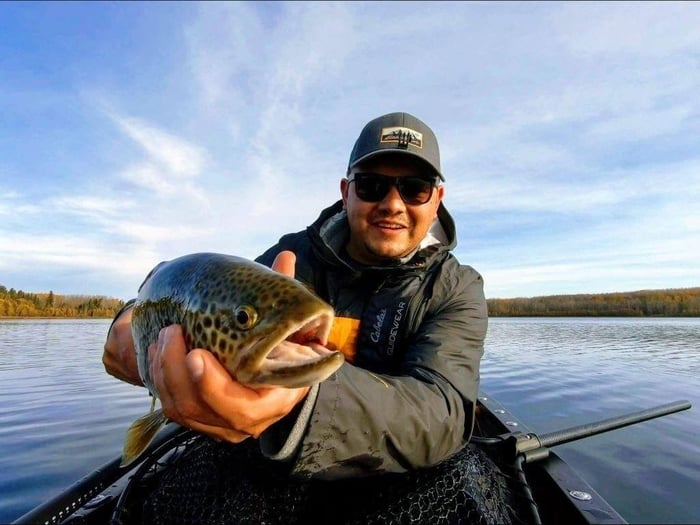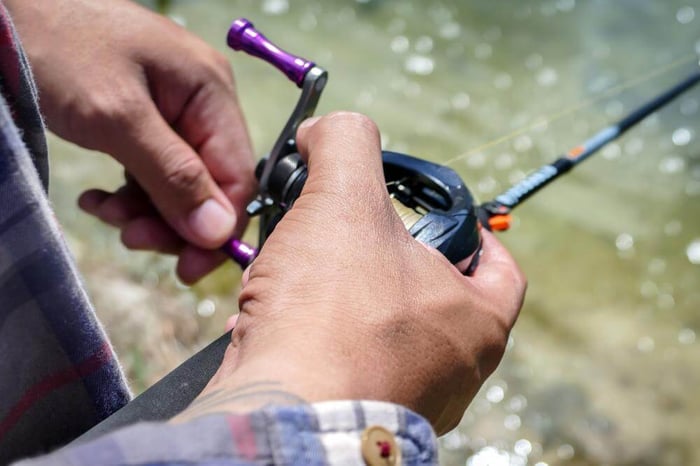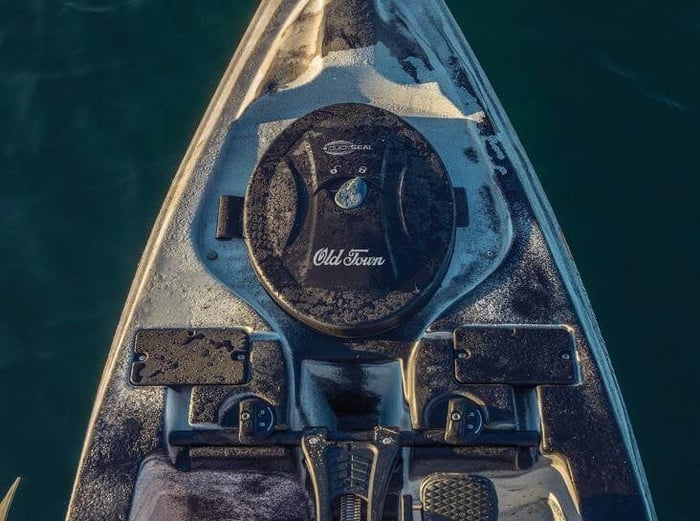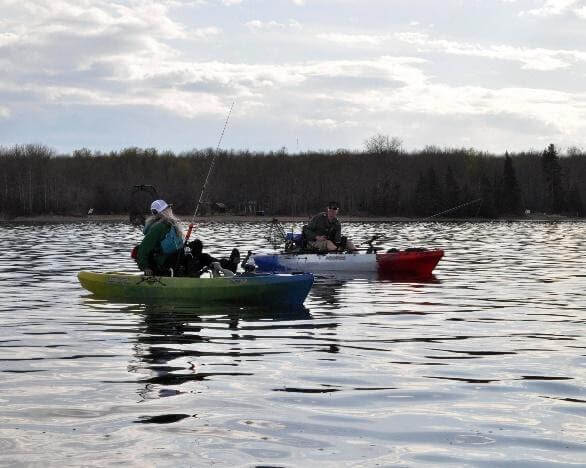To Paddle or Pedal? - A Kayak Anglers Buying Guide
So you’re ready to take the plunge into kayak fishing. That’s great news! There is nothing finer than silently gliding across the water under your own power in search of fish. Your first roadblock into this new adventure is the same as everyone’s, you don’t have a kayak yet. Or maybe you do and are looking to trade up your current kayak for one with more features.
Just a couple years ago there were only a handful of boat options for anglers, thanks to high demand there are now dozens. Having options is great but looking at pictures of kayaks online and comparing specs on a spreadsheet can sometimes lead to FOMO (fear of missing out) or even worse, paralysis by analysis.
What’s important to remember is there is no such thing as a bad boat, just boats fit for different purposes. Determining what factors are important to you will be the key to finding that perfect fishing kayak. There are a lot of design elements available across different kayak models and manufacturers, such as hull shapes, lengths, storage options, seating position etc. But the one feature that will affect your decision (and your wallet) more than anything is your choice of propulsion.

Paddle
Ah, tradition. The humble kayak dates back 4000 years, and there are some things that just don’t need improving. If you’re interested in paddling and touring as much as you are in fishing, a paddle kayak is for you.
There are a lot of pros to buying a traditional paddle kayak. First, they tend to be lighter and easy to car-top. Which is necessary if you are storing it in areas like your backyard or a parking garage and not easily close to your vehicle. Since there is no pedal drive hanging underneath, paddle kayaks have a shallow draft and allow for easy access to skinny water and tight areas. Pedal drives seem to hog the spotlight but today's paddle fishing kayaks are not giving up on any features. They often include the same types of rod holders, seats and accessories you find on much more expensive boats. Finally, the simplicity of the paddle boat makes it a real pleasure to use. For those quick outings after work or on the weekends it doesn't get much easier than grabbing your light, easy to maneuver kayak, a paddle, pfd and rod, throwing it all in the vehicle and heading to the lake.
Of course there are some cons to think about as well. As is often of kayaks, speed and stability are usually at odds with each other. A kayak that is fast and efficient on the water is long, narrow and can feel tippy. A kayak that is stable is usually shorter and wider and can be a bear to paddle. You usually can't have one without giving up the other. If you are new to kayaking or want to be able to stand up and cast, a more stable kayak will suit you better. A long and narrow kayak will be a pleasure to paddle and will cover distance with ease but you may not be able to stand and sight fish once you get there.

Pedal
Pedal technology has propelled kayak fishing into a new age. As I’ve said, when a paddle kayak gets wider they become slower and you typically have to choose between speed and stability. With the invention of pedal drives you can now have your cake and eat it too. If you are buying a kayak purely to catch fish then a pedal drive kayak is for you.
The biggest pro is that pedal drive kayaks can be both wide and fast. Meaning you can get to that fishing spot quickly then stand up and cast to your target without fear of falling in.
Hands free operation means you can use a fishing rod in your hands and control the boat with your feet at the same time. I can't stress enough how easy boat control is with a pedal drive. It’s very intuitive. Since you’re in so much control it's also much easier to troll. You are able to match your speed with the lure action very easily. Covering water is also not a problem. Since you are using your legs (larger muscle groups) to move the kayak you can be on the water much longer and go much further without the same fatigue. And keeping your hands free means you can literally eat cake while cruising to your spot. Or tie on lures, if that’s more important, I guess.
As for cons, well, they are expensive. A pedal drive kayak will typically cost double of a comparable paddle kayak. With the addition of extra plastic to make room for the drive units the kayaks are heavy, making car topping and storage a bit more of a challenge. Once you get back to the shore or the shallows you will have to pull the drive up so you don’t get stuck and the props typically can’t handle weeds very well. Meaning every once in a while you will have to stop and clean it out.
Conclusion
Your decision will come down to the features you want and the price you are willing to pay. If you are a hardcore angler I would seriously suggest investing in the pedal drive. There are many advantages and, speaking from experience, it’s worth the extra expense. But if you are a leisurely angler and interested as much in paddling as fishing, a paddle kayak is for you. There really is no right answer, both paddle and pedal kayaks have their place. And since I love kayak fishing so much, and see the value in both, I have one of each!
Chris Fonos
www.stringtheoryangling.ca























































